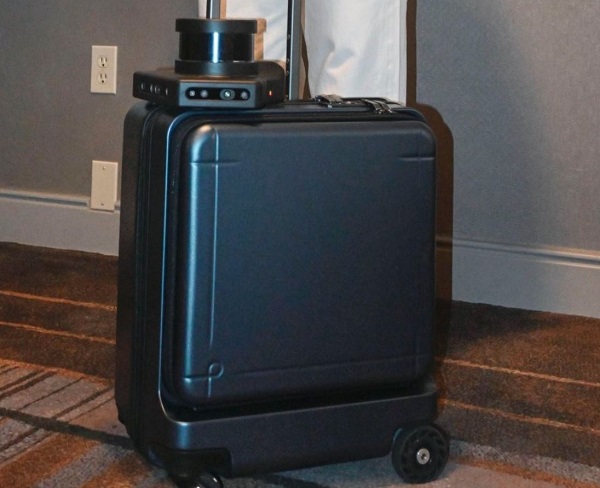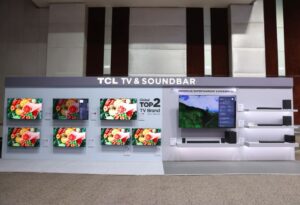A research team and four Japanese companies have collaborated to develop a robot model integrated with artificial intelligence (AI) to help guide the blind easily and safely.
This new device is called “AI Suitcase”. Because it’s designed like a hand-drawn suitcase. The technology incorporates a touch sensor in the handle, a depth-of-field camera, and a voice control device that can be connected to a smartphone. Thanks to the integrated large-sized trolley wheel, and large capacity motor inside, the user can control this device on outdoor terrains.
AI Suitcase Device
In March, the aforementioned breakthrough technology underwent a first public test and was carried out at a hotel in the state of California (USA).
The trial has attracted considerable public interest and opened up discussions about future practical applications of the technology.
Users only need to grasp the pull handle of the device like this 4-wheel carry-on suitcase. The device will then act as a “guide”. When there is an obstacle, the system’s sensors will detect the presence of an obstacle ahead and notify the device to stop.
Compared with navigation applications built into smartphones, “AI Suitcase” has outstanding features such as can provide a greater level of safety for users while making them more aware. about the environment during travel. Besides, the sensor system integrated into this new technology also helps users to move stably without any difficulty or interruption.
The idea of developing this new technology came from Ms. Chieko Asakawa – a blind Japanese engineer who is currently working as an honorary engineer at IBM and Director of the National Museum of Science and Innovation. Japan’s new advanced. In addition, four companies are participating in the development of this product, including Omron Corporation, which specializes in electronics and is headquartered in Kyoto.
AI Suitcase device helps visually impaired people move easily
In addition to the US test site mentioned above, Ms. Asakawa and the product development team also conducted a series of tests in Tokyo. As the technology hits the market both in Japan and overseas, the development team hopes users will be able to operate the device through an app installed on their smartphone.
According to a survey by the Japan Ophthalmology Association, the total number of visually impaired people in this country has reached about 1.64 million people.











